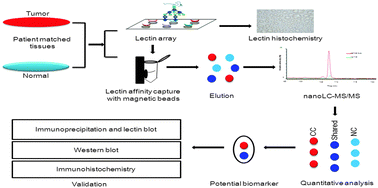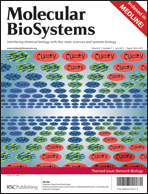*
Corresponding authors
a
State Key Laboratory of Medicinal Chemical Biology, College of Life Sciences, Nankai University, 94 Weijin Road, Tianjin 300071, P.R. China
E-mail:
yinzn@nankai.edu.cn
Fax: (8622) 23503270
Tel: (8622) 23503270
b
Department of Medical Oncology, The First Hospital of China Medical University, Shenyang 110001, China
c
Laboratory for Functional Glycomics, College of Life Sciences, Northwest University, Xi'an 710069, China
E-mail:
zhengli@nwu.edu.cn
Fax: (8629) 88303572
Tel: (8629) 88302411
d
High-throughput Molecular Drug Discovery Center, Tianjin Joint Academy of Biotechnology and Medicine, Tianjin 300457, China
E-mail:
angelshui@nankai.edu.cn
Tel: +86-22-23507930
e
Department of Gastroenterology and Hepatology, Chinese PLA General Hospital, Beijing 100853, China
f
Department of Pathology, Yanbian University College of Medicine, No. 977, Park-Road, MailBox # 375, Yanji-city 133002, China
g
Department of Gastroenterology, Affiliated Hospital of Beihua University, Jilin 132001, China
h
College of Life Sciences and Tianjin State Laboratory of Protein Science, Nankai University, Tianjin 300071, China


 Please wait while we load your content...
Please wait while we load your content...